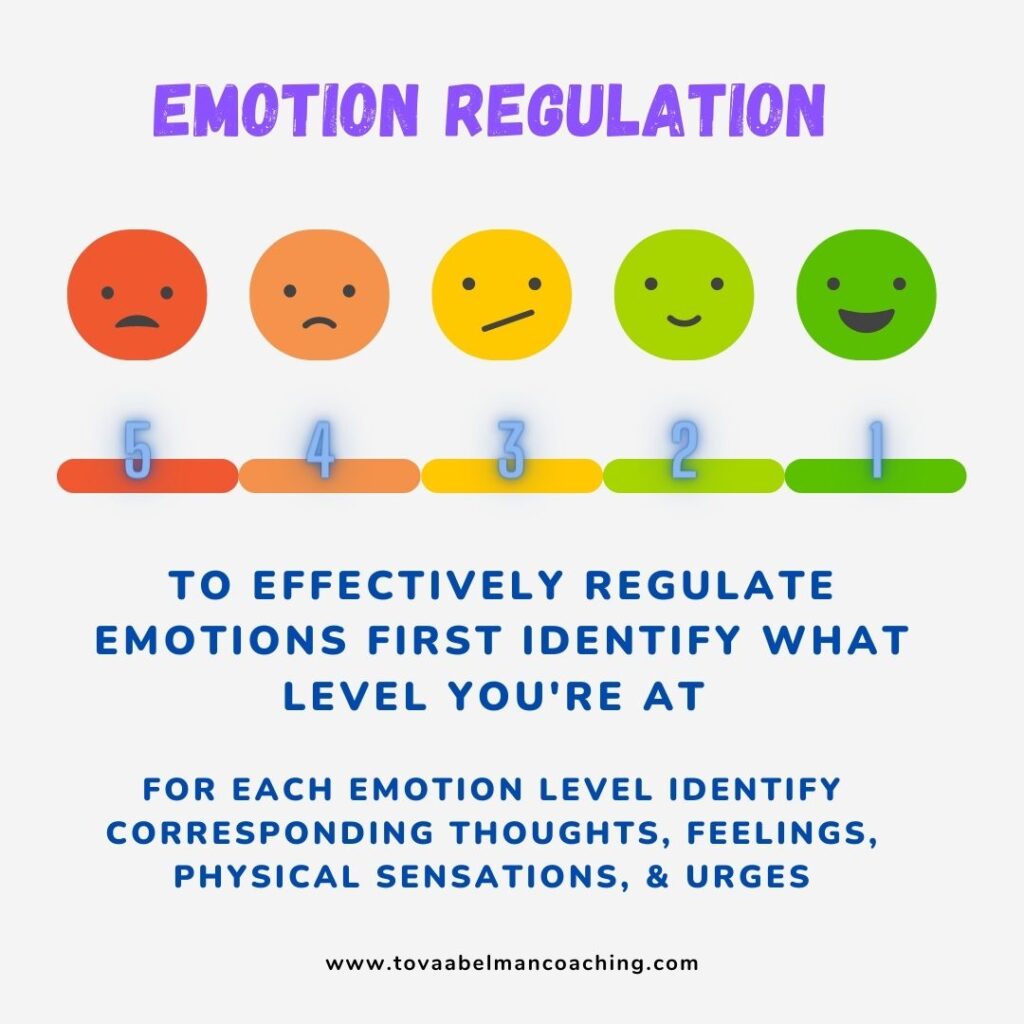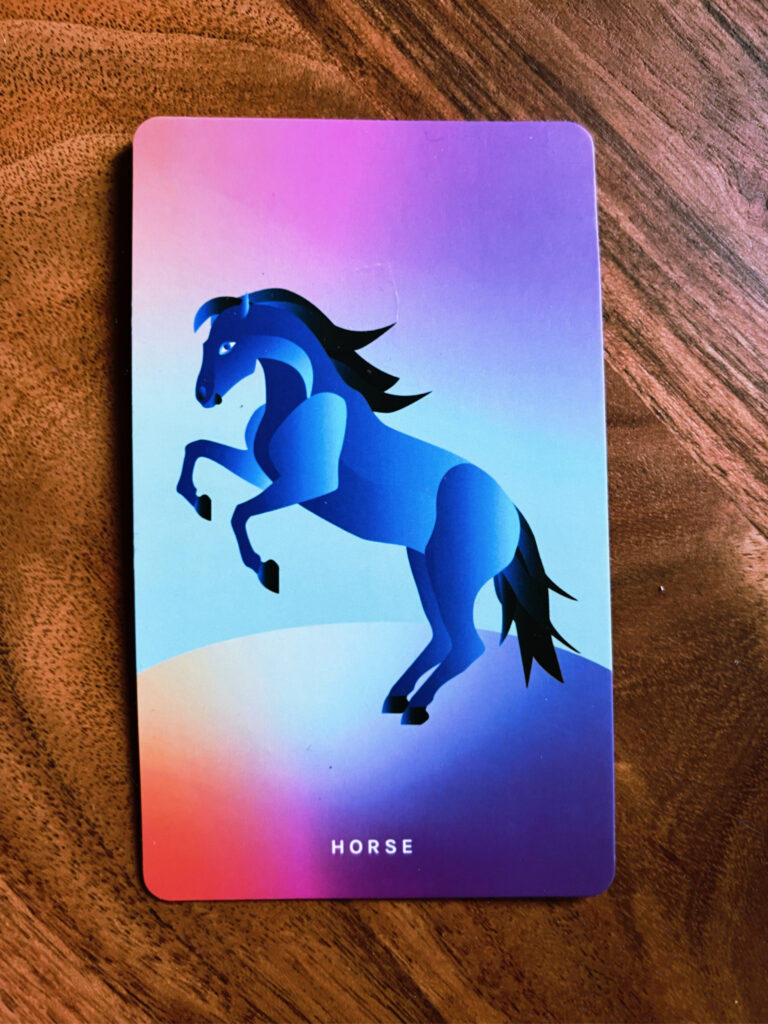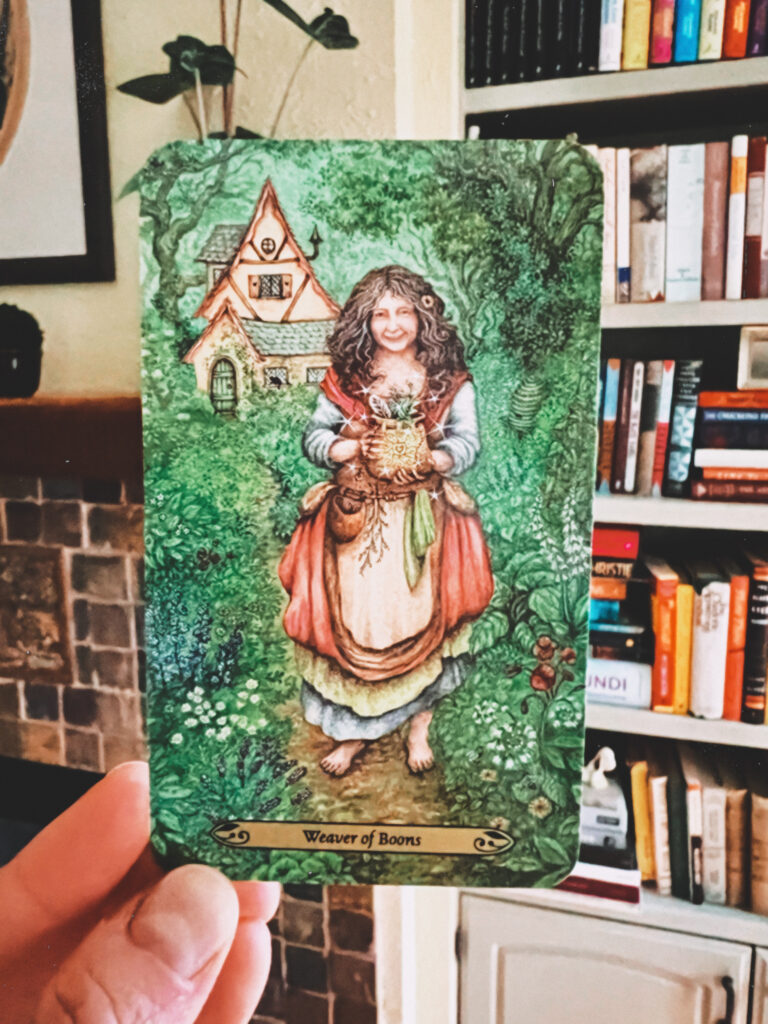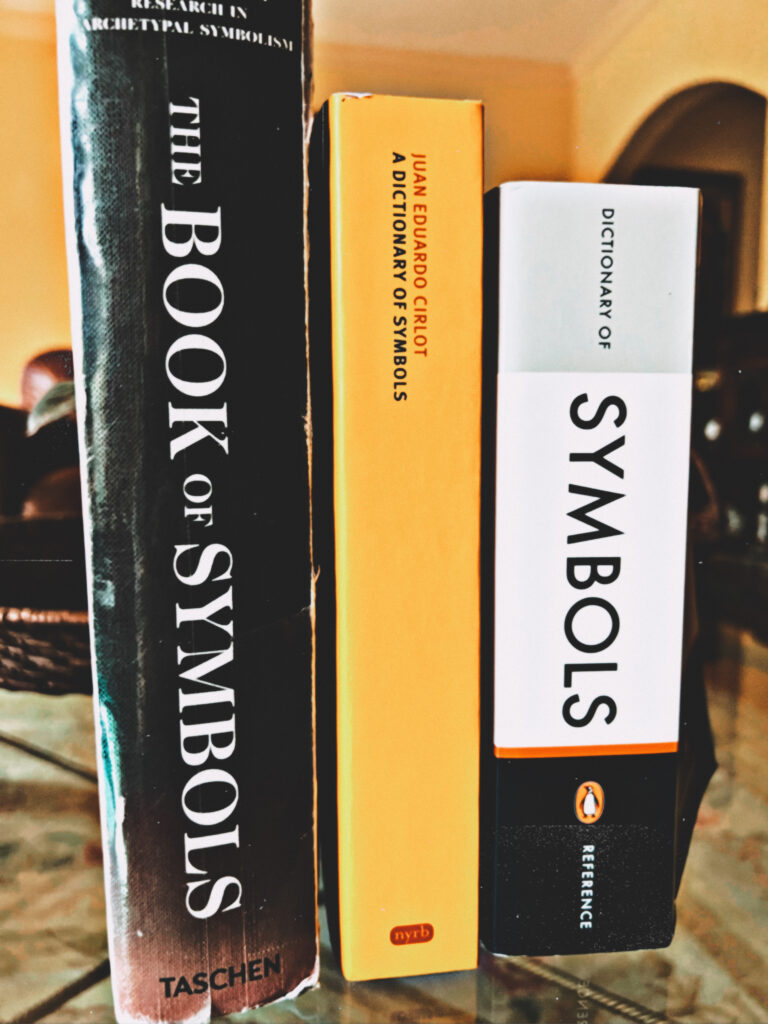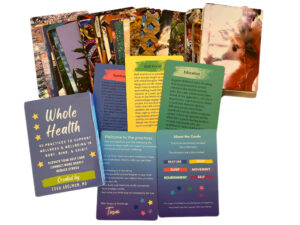
There are many different ways to conceptualize the process of emotional eating. I’m not going to do a full review of all of those. Rather, I will offer an alternative perspective that hopefully points to a unique way to address this issue.
Let’s first reflect on behavior. Emotional eating is a behavior. It’s observable, because someone could see you do it. But the behavior itself, emotional eating, in and of itself tells us nothing about its purpose/function for you. This means, two people might do that same behavior—emotional eating—but for each person the behavior has a different function. It might serve as a way to avoid something (like emotions or situations). It could be a kind of rebellion. It could be a way to numb out or self soothe. To further complicate this, if you emotionally eat, in different contexts and situations and in response to different triggers, your emotional eating might serve different purposes! Same behavior, different function. I also want to point out that emotional eating can be driven by physiology as well such as because you eat hyper-processed junk food high in sugar and refined carbs; because you aren’t getting sufficient sleep; and any number of other physiological drivers of appetite and eating behavior. I’m not going to focus on those other elements right now, but shout out to my Whole Health Card Deck which has 50 practices to support wellness & wellbeing!
So, we’ve established that one behavior—emotional eating— can serve a different purpose for different people or even for one person in different contexts. Now I want to dive into a process that can help you untangle the process of emotional eating and start to consider the underlying motivations for each step of the process. This largely involves a conceptualization of inner parts of self. Look at each step of the emotional eating process and consider those behaviors, if this were a story or movie, as carried out by a different character. There isn’t one ‘you’ emotionally eating; there are different characters involved each with different and at times conflicting motivations for the micro-behaviors that comprise what you experience as emotional eating. Call these characters whatever you’d like.
As in any story, something happens. In the context of emotional eating, that’s called a trigger. A trigger is anything that prompts the emotional eating process for you. It might be a situation, a person, a comment, a physical sensation, a feeling, a place. Think back to the last time you ate emotionally: what prompted you to do that? Maybe it was a thought; what set that thought into motion? What happened?
Now consider what part of you was triggered— our first ‘character’. Perhaps this is a vulnerable part of you. Or an angry part. A part that fears being abandoned, not good enough, rejected. A part that is impulsive or feels it can ‘never get enough’ of what it wants or needs. A part that struggles to tolerate discomfort and/or is undisciplined. This character is struggling! Now, there are many healthy ways to respond to this character. Emotional eating is the current way. But what part of your does that, and why?
Consider that another character steps in— a kind of ‘inner critic’. This critic might take on the voice of people from your own life, the media, society, or religion. Inner critics can be harsh. What form does your inner critic take? Chances are, this inner critic does not make you feel good, soothed, accepted, or any positive emotion. To recap: something happened; a part of you was triggered and is in pain; the inner critic steps in and makes things worse. We need a character to step in and rescue that vulnerable part!
There is another part of you that steps in to help out that vulnerable part, and it is using emotional eating to do so. Maybe the function is to numb; avoid; distract; or soothe. It might feel hopeless, and emotional eating is a form of surrender.
And what do you do after you eat emotionally? Do you vow to start another diet? Do you cast out whatever food you tend to emotionally eat? Guess what, this is another part, another character— a controlling character. Think about it: When you ‘decide’ to follow a strict program or eliminate a certain food, how does that make you feel? Probably more in control and empowered, at least in the short term. This controlling part is a kind of idealization of how you’d like to be— in control— because if you are in control things aren’t uncertain and you won’t be vulnerable or rejected. It can give the illusion of acceptance—by others, by other inner parts— and compensate for deeper, more challenging feelings of anxiety and uncertainty. This character is in stark contrast to the first vulnerable character we explored— the part that was triggered.
The dynamics, motivations, and objectives of these characters and how they interact can be complex and complicated— and they are all internal and specific to you. What’s missing here is a wise character, a part that can step in and offer compassion, tolerate the ambiguity of life, and can experience both joy and discomfort, and help you choose a different way of responding to your emotional eating triggers. If you struggle with emotional eating, it can be helpful to explore what this character looks like, how you can embody them, what they say, and what they do…especially towards that vulnerable part when it shows up.
What this process is essentially doing is conceptualizing your inner experience into a kind of drama, complete with different ‘characters’ and roles, each with their own motivations.





